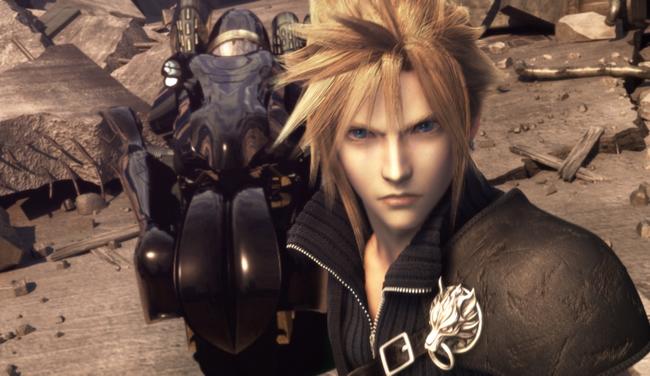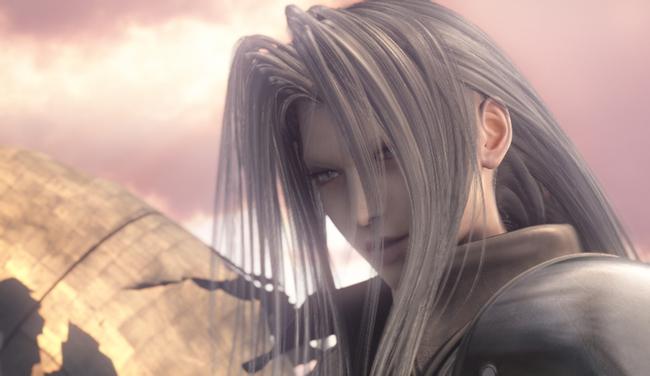The Legend of Final Fantasy VII Review
Last month, I reviewed The Legend of Final Fantasy VI, a title from Third Edition Books that goes into incredible detail with the iconic 16-bit RPG. This month, I'm taking a look at the predecessor to that book - and the first of The Legend of Final Fantasy series - The Legend of Final Fantasy VII. Final Fantasy VII is another hugely popular title in the long-running series, and most well known as the title that made both Final Fantasy and JRPGs more mainstream for Western audiences. With such an influential title, this book has its work cut out for itself.
If you’re interested in what exactly The Legend of Final Fantasy books have to offer, I recommend checking out my review of The Legend of Final Fantasy VI. The basic structure of the book is the same--the authors strive to provide a more encyclopedic knowledge of the game in question as opposed to a personal account, and of course, the physical edition is still worth the purchase (unless you have really bad eyes, see below). However, there are a number of differences between the two books, and that largely has to do with how expanded the universe of FFVII is, as opposed to FFVI.

The Legend of Final Fantasy VII does not simply talk about the PS1 JRPG classic; instead, this book offers an in-depth look at the entire Compilation of Final Fantasy VII. That’s all the games, Advent Children, and other bits and pieces from the universe that you may not have known about. It’s an impressive feat and one that surely any fan of the series or game will enjoy reading through.
Of course, though, having all that information about so many pieces of media makes the book a dense read. Not a bad thing by any means, it simply takes longer to read through the plethora of information The Legend of Final Fantasy VII provides. Despite the physical edition having roughly the same page count as The Legend of Final Fantasy VI, the font size is smaller in this book to accommodate the additional information. While I didn’t find the text too small to be an uncomfortable read, I imagine some people who struggle with small fonts might have difficulties getting through the physical book, and would recommend the digital copy and its ability to change text sizes instead.
The content of the book is split into three distinct sections. The first section is a timeline of the events of the Final Fantasy VII titles. This explanation of the sequence of events, from the origin of the Cetra all the way to the end of Dirge of Cerberus. Taking up a third of the book, it’s the most comprehensive timeline you can get for the compilation of Final Fantasy VII without looking up detailed plot summaries of each game and trying to piece it together yourself.

As someone who has only lightly dabbled in the various Final Fantasy VII games and media, and with said experiences being over half a decade ago, I found this first section very helpful in figuring out all the oddities in the universe, such as what exactly was happening during Advent Children. The timeline also includes the events from Before Crisis, the Japanese only mobile game. There are so many details I’ve forgotten or just didn’t know about, and while there’s a lot of information to take in, it’s all present in an easy to read, informational manner.
The second section, and the remaining chapters, move away from the lore of the Final Fantasy VII and into the actual development for the games. Final Fantasy VII itself gets two chapters, the other major compilation entries get one, and finally, there’s a chapter for other spin-offs such as the anime short Last Order. The in-depth look into the development process for the titles is very interesting, especially for the various entries to the compilation. This section also has a breakdown of each game’s mechanics and battle systems, with the obvious exception of Advent Children.
Looking into the Japanese gaming industry can be difficult at times, and even then this sort of information would be spread across articles, interviews, and other pieces of media. Having all of this information in one place is a wonderful resource, and makes for a good read. Again, all this information may be a bit of an overload that makes The Legend of Final Fantasy VII a slow read, but it’s well worth taking the time with.

After a short chapter about Nomura, the final chapter talks about the themes present in both Final Fantasy VII and its various spin-offs. While my least favorite section, it offers a nice breakdown of the inspirations the helped shape the Final Fantasy VII universe. Some of these themes may seem obvious, but others, such as the theory of Gaia, are fascinating reads.
The Legend of Final Fantasy VII is a fantastic read for any fan of the series. It’s chock full of information on the classic title as well as the entire compilation of the universe. Physical or digital, it’s well worth picking up and taking a dive into the complex world of Final Fantasy VII.